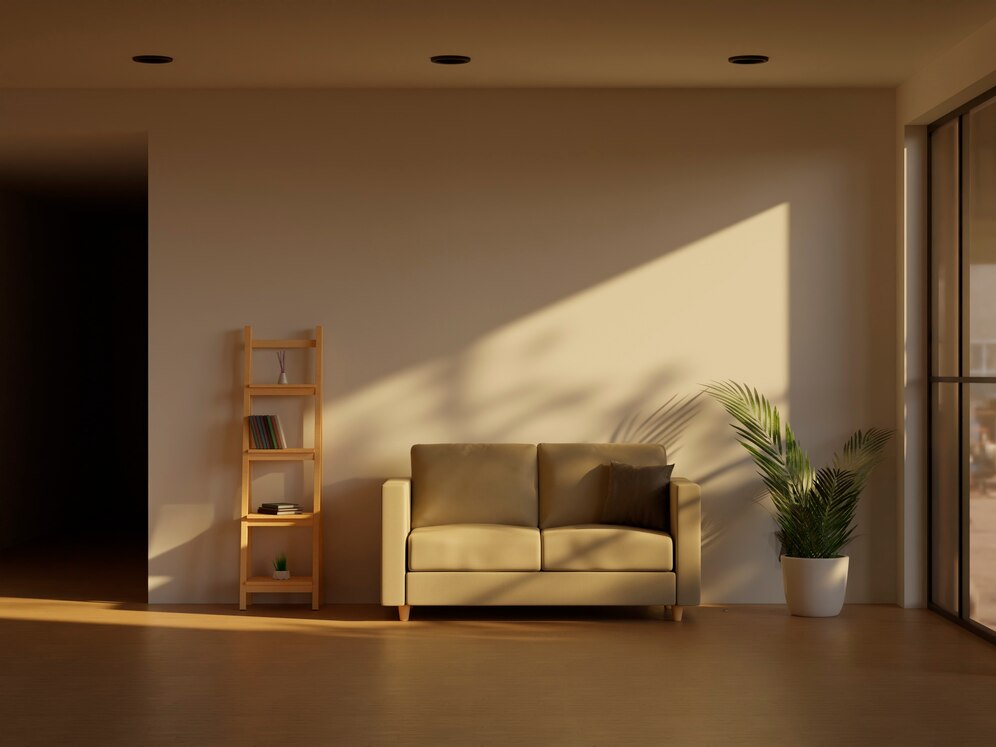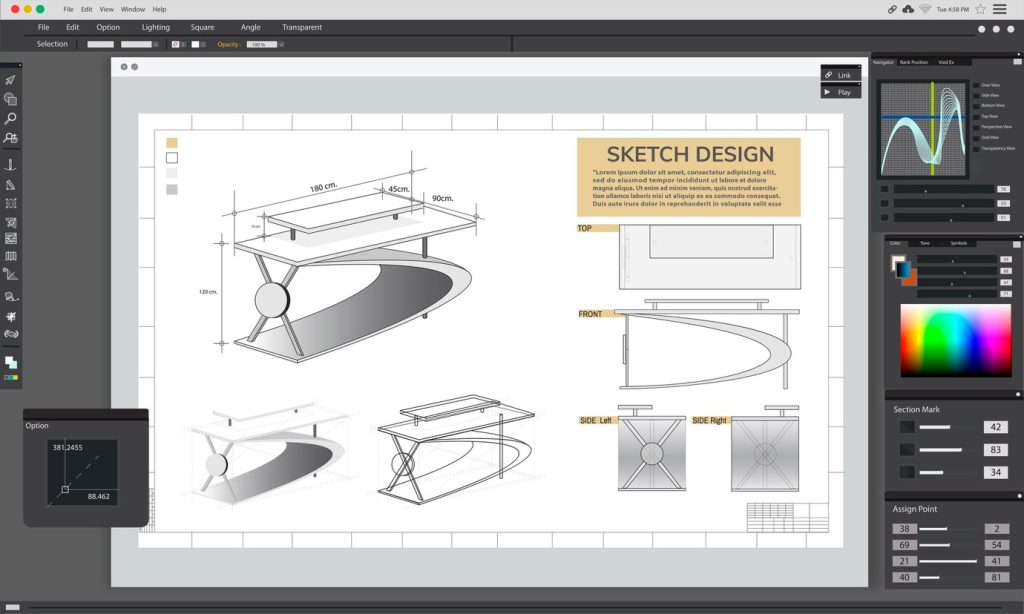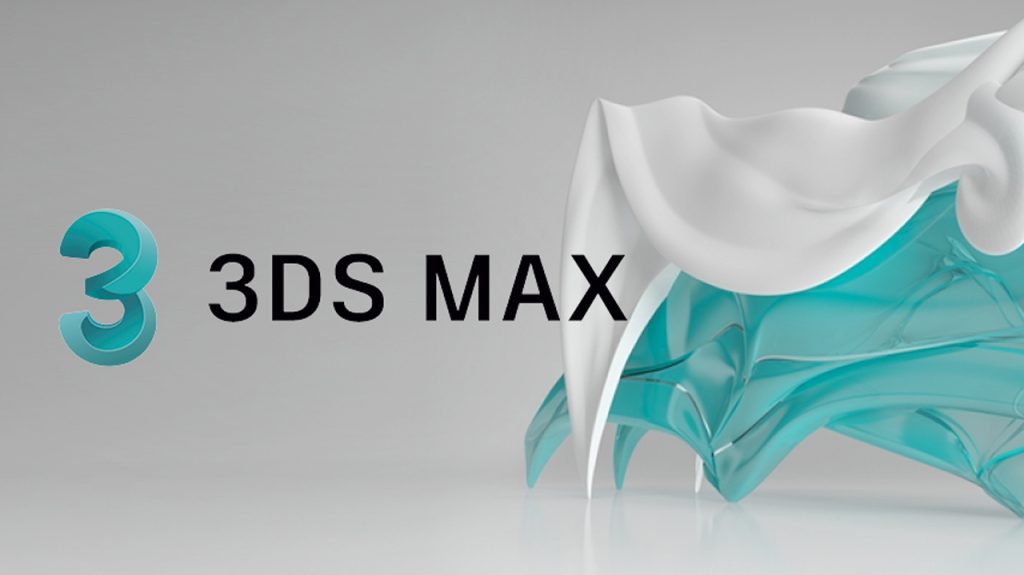
With technological advancements, architectural design is not just about sketches and blueprints anymore. Software like Rhino has become a game-changer. Let’s explore how ‘Rhino, a Core Tool in Architecture’, is shaping the future of architectural design.
Flexibility and Freedom
Unlike other 3D application software, a unique offering of Rhino is ‘Design Freedom’. It gives architects the flexibility to realize even the most complex shapes with precision and ease.

Parametric Modeling
One of the most powerful features of Rhino is ‘Parametric Modelling’. Rhino’s parametric plugin, Grasshopper, allows architects to create and manipulate complex geometries, enabling an explorative design process.
High-Quality Visualization
‘Rhinoceros for High-Quality Architectural Visualization’ is a game-changer. The high-definition visualization capability helps architects and their clients visualize the final outcome with photorealistic renderings.
Interoperability
Equally critical is ‘Rhino’s Interoperability’, which lets architects work across different software without losing essential data or information. This makes it a preferred tool for smoothly integrating and managing BIM workflows.
Prototyping and Fabrication
The use of ‘Rhino in Digital Fabrication and Prototyping’ makes it easier for architects to move from design to prototype to fabrication swiftly. This reduces the overall project timelines and increases client satisfaction.
Case Study: Iconic Building Design
Consider the role of Rhino in the design of a landmark skyscraper in New York City. The architect leveraged ‘Rhino’s Design Flexibility and Advanced Visualization Features’ to bring this organic, wave-like structure to life. This not only gained significant architectural accolades but also received appreciation for its blending form and functionality beautifully.
In conclusion, ‘Leveraging Rhino in Architectural Design’ provides architects with the precision of CAD and the freedom of artistic modeling. Its powerful tools and interoperability make it an integral part of the modern architectural design process. As architects push the boundaries of design, tools like Rhino become instrumental in maintaining the quantitative precision essential in architecture while allowing for qualitative freedom.


